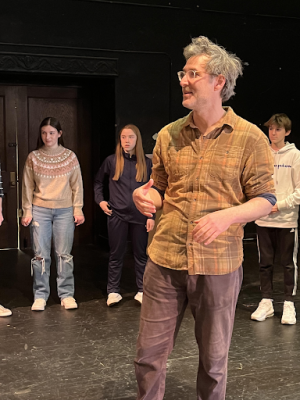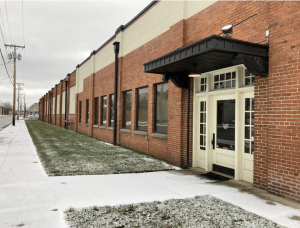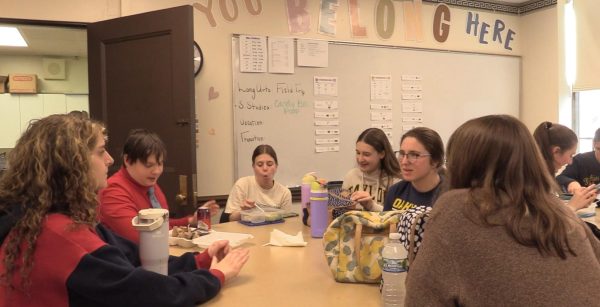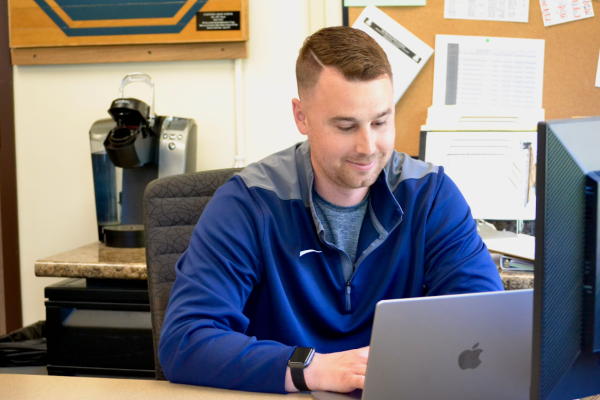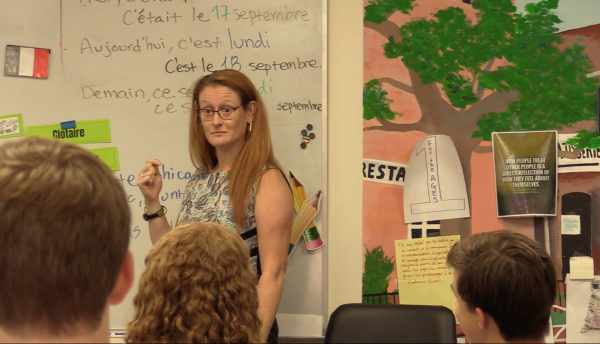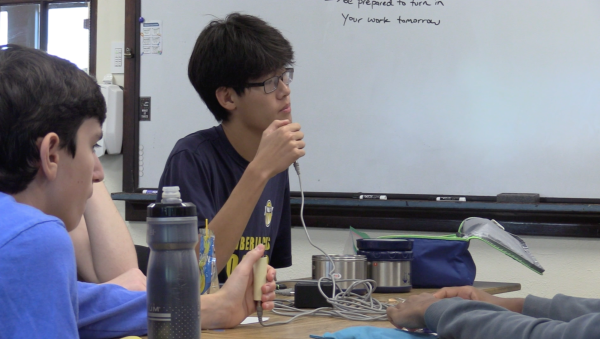Finances, expenditures, and budgets, oh my
Administration explains the district’s budget and how it affects students
Saving up: Over the year, the district uses funds to supply materials and provide new opportunities in the classroom. In addition, smaller branches in the district provide ways for students to enrich their educational career at Oakwood.
January 9, 2020
Every year, the district obtains funds to distribute to schools in Oakwood: Lange School, Harman Elementary, Smith Elementary, Oakwood Junior High School and Oakwood Senior High School. However, it seems that few students have an accurate idea on exactly how much the district has to offer and how programs are funded.
In a survey given to the high school student body via email, students were asked to guess the district’s approximate budget. Of the 92 respondents of the survey, 73.9% guessed incorrectly, the majority believing the budget is between 15 and 20 million dollars.
As projected in a five-year plan approved in June of 2019, the district has $27,758,065 this school year. Though state and federal grants contribute to the budget, the majority of the district’s revenue comes from real estate taxes. This year, $18,370,810 was added to the district’s budget, which means that 66.18% of the district’s budget is composed of funds received from real estate taxes.
The district-wide technology department, an influential branch within the school district, purchases a great deal for the schools. According to Matt Sproat, Director of the Technology Department, the department receives approximately $600,000, though it can vary depending on replacement cycles and district initiatives. Several materials the department purchases include staff and student devices, internet service, printers and software licenses.
In addition to these daily supplies, Chromebooks for the class of 2023 and classroom VR headsets have been implemented into the school to give students opportunities to learn with modern technology. However, the technology department’s budget has not been affected by the new devices to any major accord.
“I believe we have done a good job of providing new opportunities while keeping the technology budget rather static,” Sproat said. “The PTOs and especially the Oakwood Schools Foundation has been an extraordinary partner in providing items and opportunities that go above and beyond.”
According to information given by Principal Dr. Paul Waller and Joni Sherk, Financial Administrative Assistant, a sum of approximately $175,000 is being spent on classroom equipment this school year. On average, each department receives $10,000 to $20,000, the departments receiving the most being Fine Arts and Music, accepting $18,000 this year, and Science and Engineering, accepting $26,000.
However, this money is not solely spent on classroom necessities. According to Waller and Sherk, $5,000 goes into teacher training and professional development. In addition, the school keeps funds saved for miscellaneous expenses that are not planned at the beginning of the year, such as a new speaker. These extra expenses add up to an estimated sum of $17,500.
Neither the district nor the high school grants funds to the athletic department, which affects many students. Instead, the athletic department obtains its funds solely through ticket sales and donations. With this money, the department has to pay for referees, announcers, ticket operators, security, game balls and field repairs.
“There really isn’t a normal profit,” Laura Connor, the director of the Athletic Department, said. “All games can vary from making $200 to $8,000 or $9,000 from tickets.”
Athletic teams don’t have a normal cycle for receiving new uniforms and equipment. Coaches have input in terms of what their team needs and how much money is required to fulfill these needs.
“[The athletic department] has so much variance in how much we bring and how much we bring out,” Connor said. “I’m spending money as it’s coming in, so it’s not always an exact science. My goal is to get close to those two being balanced in and out.”
Want to read more about the district’s forecasted budget plans, as well as monthly financial reports? Go to the district treasury website and view the 2019 financial update here.




